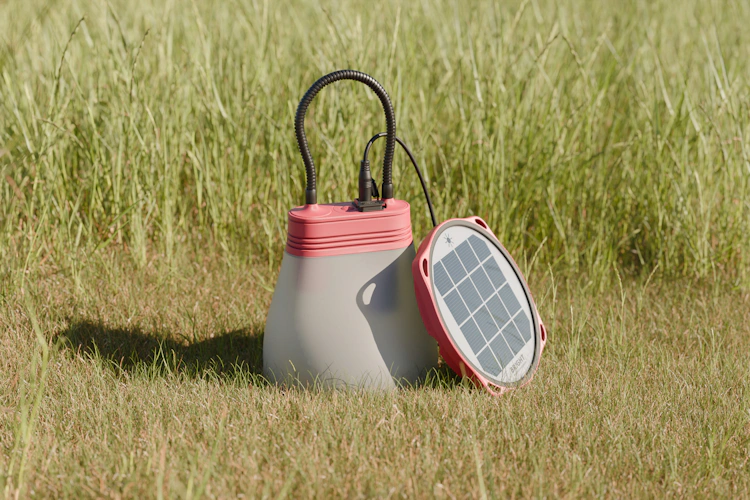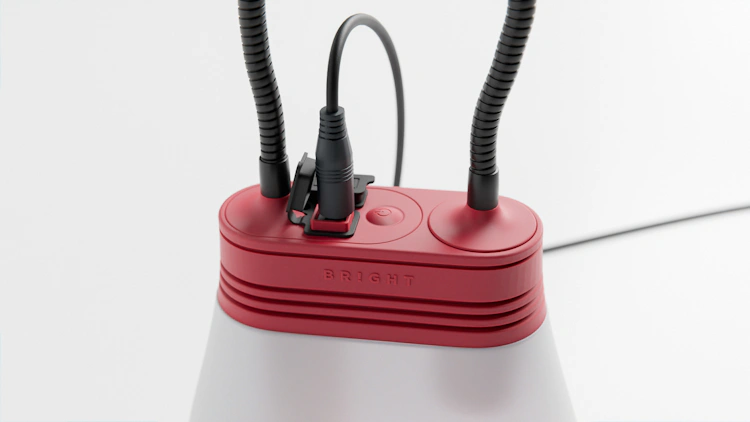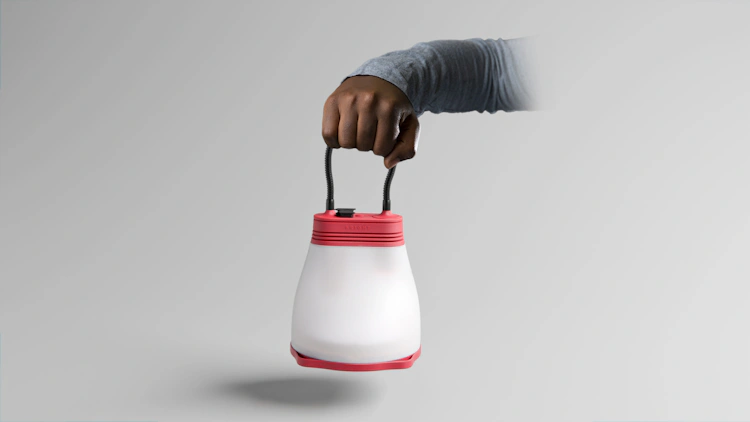
Lighting the way: How solar lamps transform life in refugee camps
Providing core relief non-food items is essential for families and individuals forced to flee their homes, often with nothing but the clothes on their backs. While plastic sheets, blankets, kitchen sets, and soap are vital, one item often overlooked but equally life-changing is light. Imagine navigating daily life without it. In refugee camps around the world, the absence of lighting after sunset can turn already difficult conditions into dangerous ones. Discover how solar lamps make an impact in these settings.
The importance of light in displacement camps
When the sun sets on displacement settlements, darkness brings a halt to most activities. Children cannot do their homework, limiting their chances of completing an education. Women and children often feel unsafe moving through the camp, increasing their vulnerability to gender-based violence. Basic healthcare becomes more difficult to provide, and using kerosene lamps introduces respiratory hazards and fire risks.
The need for power: why electricity matters in refugee camps
Access to electricity is not a luxury — it is a necessity. Many medical stations rely on diesel generators, which are costly and environmentally damaging. Due to the temporary and remote nature of many camps, connecting them to a national grid is often impossible. In many host countries, even the local populations struggle with limited electricity access.
A brighter solution: solar power in displacement settings
Solar energy has emerged as a practical and sustainable answer to these challenges. Technologies such as solar streetlights and pico-PV systems like solar lanterns offer clean, cost-effective lighting. Though the initial investment is higher, solar lights offer long-term savings by eliminating the need for fuel. Devices like solar lanterns often include USB ports, enabling refugees to charge mobile phones — a critical tool for staying connected with family, accessing services, and even seeking employment.
From safety to schooling: benefits beyond lighting
The introduction of solar power goes beyond simply lighting up camps. It helps create a safer environment, particularly for women and children. It supports educational continuity by allowing children to study after dark. In healthcare, reliable lighting makes emergency treatment and nighttime care possible. By addressing these essential needs, solar energy restores dignity and offers hope in the most difficult circumstances.
BRIGHT's SunBell: innovation recognized by UNHCR
A standout success in this field is BRIGHT's SunBell solar lamp, the first solar lantern adopted as a core relief item by the United Nations High Commission for Refugees (UNHCR). Designed to meet the unique challenges of displacement settings, the SunBell is more than just a lamp. It provides versatile, portable lighting and mobile charging capabilities.
Mats Hultgren, former Chief of the Supply Operations Support Section at UNHCR, emphasized the importance of light for security, particularly for women and young people. The inclusion of SunBell as a core relief item marked a pivotal step in redefining what essential relief includes.
Lighting the path forward
As the world grapples with the growing needs of forcibly displaced people, solar energy stands out as a powerful tool for change. By providing safety, enabling education, and supporting healthcare, solar lighting transforms lives in tangible ways. BRIGHT’s innovation illustrates how targeted, sustainable solutions can bring not just light, but hope to millions.




